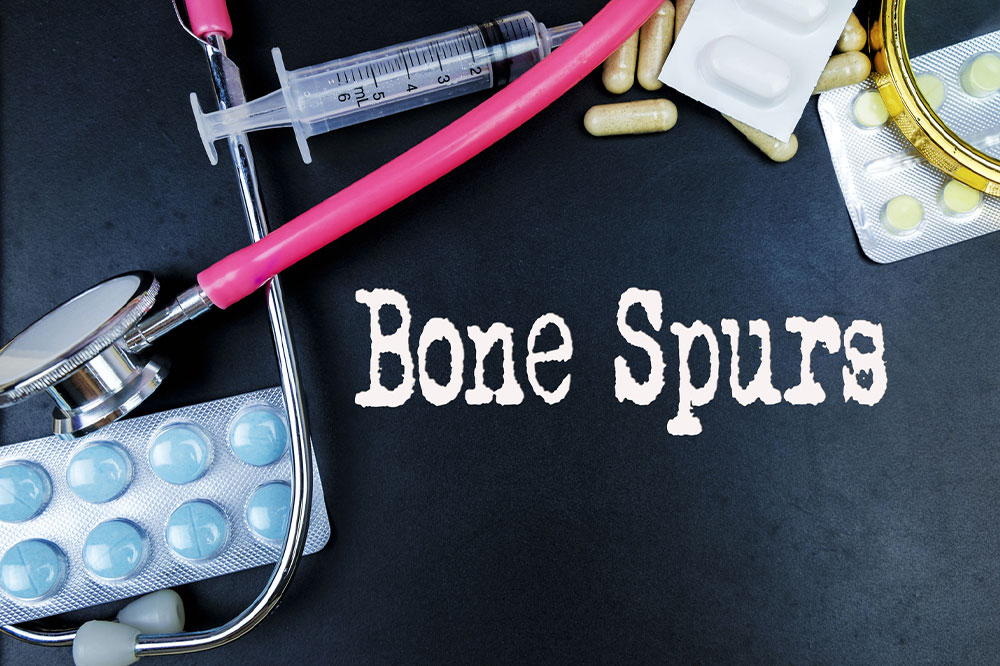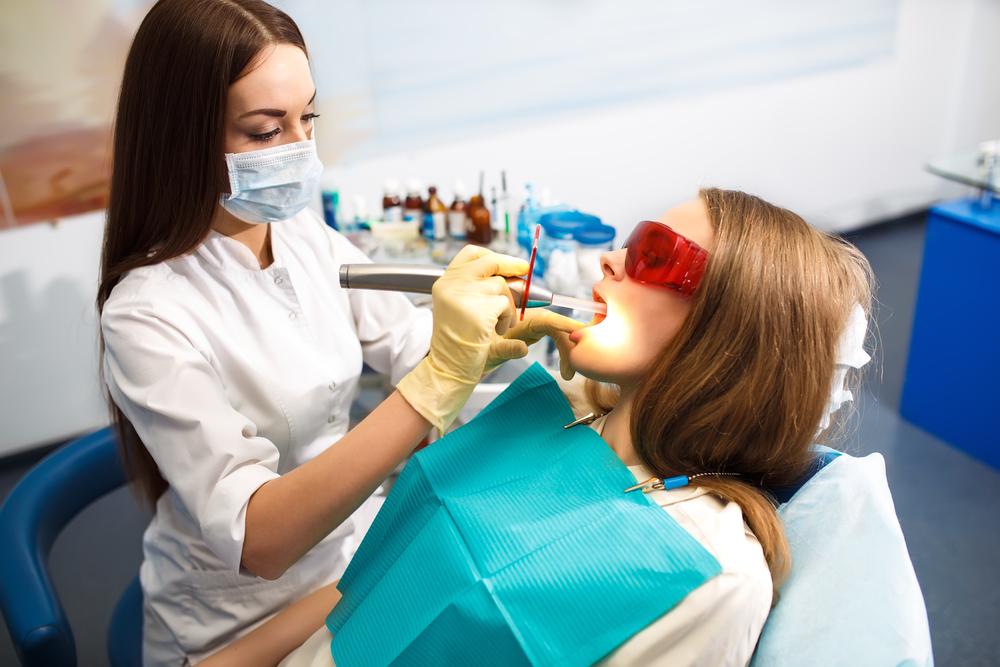Understanding Bone Spurs: Causes, Types, and Treatment Options
Discover comprehensive insights into bone spurs, including their causes, types, symptoms, and various treatment options. Learn how to prevent and manage these bony growths effectively with expert-approved strategies. Early diagnosis and proper care can alleviate pain and improve joint health.

Understanding Bone Spurs: Causes, Types, and Treatment Options
Bone spurs are small bony outgrowths that develop along the edges of joints. Typically less than a centimeter long, these smooth growths can form in various joints, including hips, knees, shoulders, and the spine. Commonly, heel spurs are observed at the front of the foot, often taking years to develop. Treatment options range from conservative measures to surgery, depending on severity. They are often linked to joint wear and tear, aging, or repetitive stress conditions.
Causes
Development may stem from aging, improper footwear, repetitive physical strain, or joint degeneration. Conditions like osteoarthritis frequently contribute to spur formation, as a response to ongoing skeletal stress.
Bone spurs also occur due to inflammation or injury at tendons or ligament attachment points. These growths are classified based on location and origin: osteophytes develop along joint surfaces, while enthesophytes form at ligament or tendon attachment sites. Commonly found in the heel or spine, spurs can cause discomfort depending on their placement.
Types & Locations
Heel Spurs are bony projections on the heel, often caused by calcium deposits or conditions like plantar fasciitis, which inflames the tissue under the foot. Heel spurs can result in morning pain, a dull ache during the day, or discomfort when walking barefoot.
Spurs on the spine generally form to repair damage from degenerative diseases, most frequently affecting the neck or lower back. While some spurs cause pain, others remain asymptomatic.
Treatment & Management
Options vary according to severity. Non-invasive methods include:
Surgery - performed when other treatments fail, to remove the bony growths.
Cold therapy - applying ice reduces swelling and alleviates pain.
Stretching exercises - tailored movements help relax affected muscles and ligaments.
Supportive footwear - cushioned shoes or orthotics provide relief and prevent further irritation.
Medications - over-the-counter pain relievers can temporarily ease symptoms, but should be used under medical guidance.
Preventive measures such as maintaining a balanced diet rich in calcium and vitamin D, regular exercise, wearing supportive shoes, and avoiding repetitive stress help lower the risk of spur formation. Early diagnosis and consultation with healthcare professionals are crucial for effective management.










